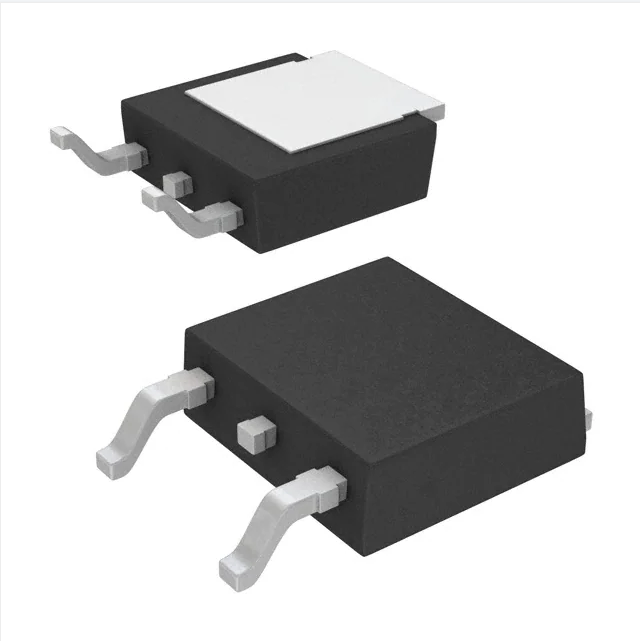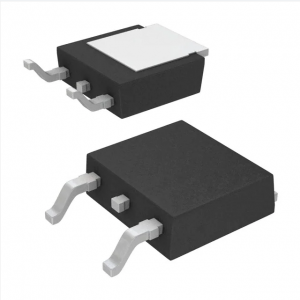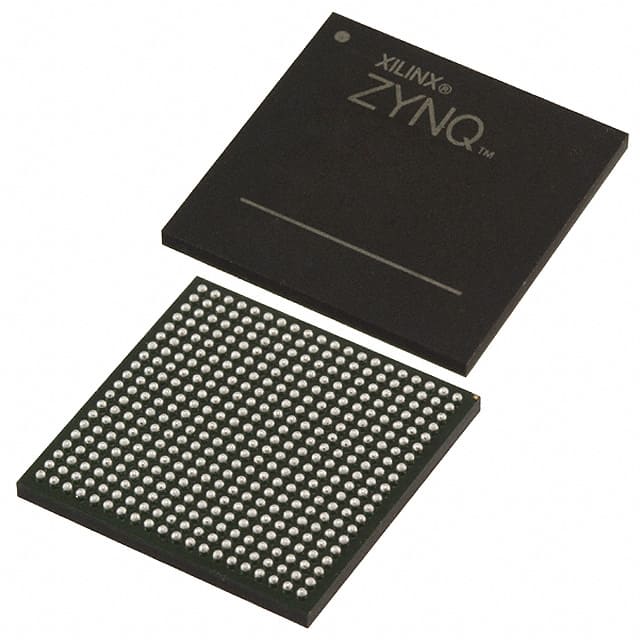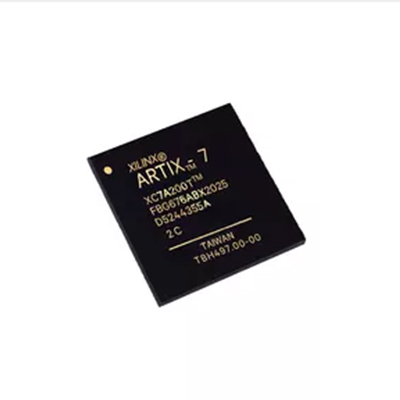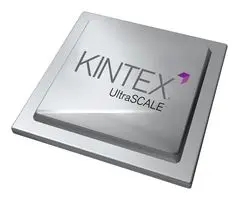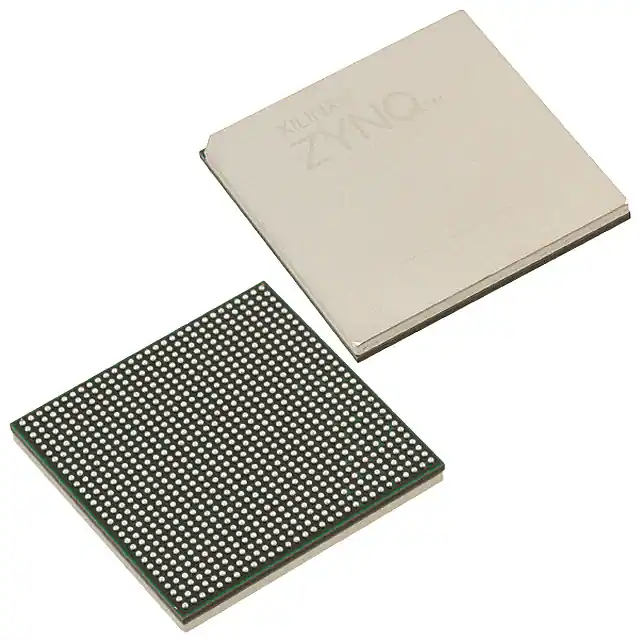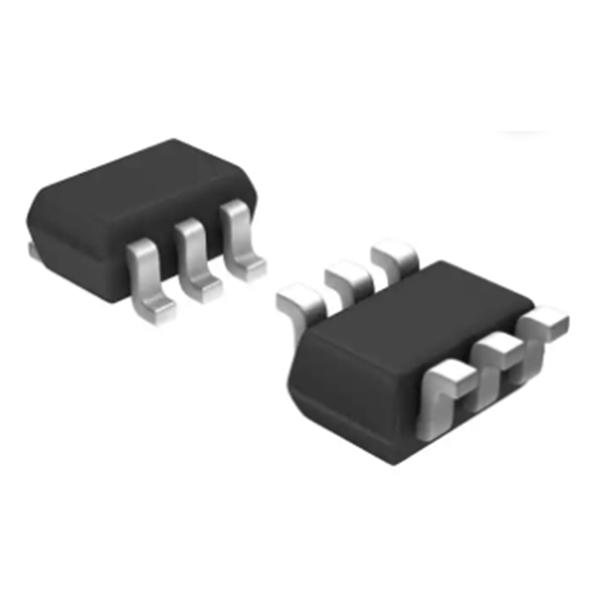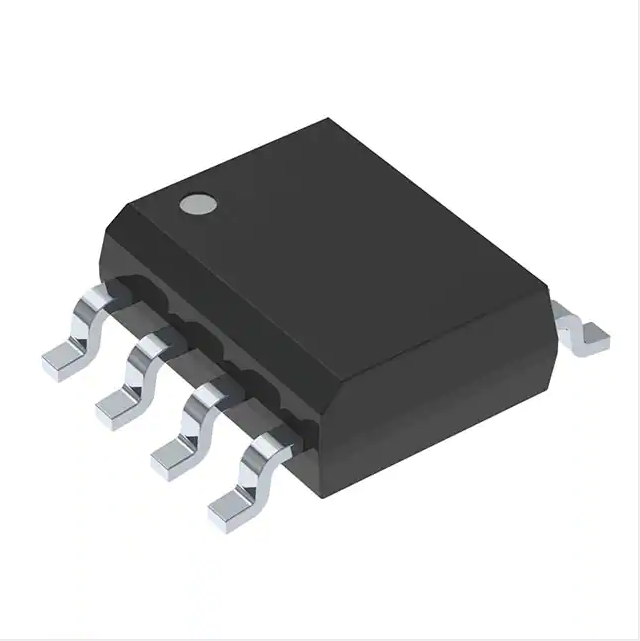IPD068P03L3G new original Electronic Components IC chip MCU BOM service in stock IPD068P03L3G
Product Attributes
| TYPE | DESCRIPTION |
| Category | Discrete Semiconductor Products |
| Mfr | Infineon Technologies |
| Series | OptiMOS™ |
| Package | Tape & Reel (TR)
Cut Tape (CT) Digi-Reel® |
| Product Status | Active |
| FET Type | P-Channel |
| Technology | MOSFET (Metal Oxide) |
| Drain to Source Voltage (Vdss) | 30 V |
| Current – Continuous Drain (Id) @ 25°C | 70A (Tc) |
| Drive Voltage (Max Rds On, Min Rds On) | 4.5V, 10V |
| Rds On (Max) @ Id, Vgs | 6.8mOhm @ 70A, 10V |
| Vgs(th) (Max) @ Id | 2V @ 150µA |
| Gate Charge (Qg) (Max) @ Vgs | 91 nC @ 10 V |
| Vgs (Max) | ±20V |
| Input Capacitance (Ciss) (Max) @ Vds | 7720 pF @ 15 V |
| FET Feature | - |
| Power Dissipation (Max) | 100W (Tc) |
| Operating Temperature | -55°C ~ 175°C (TJ) |
| Mounting Type | Surface Mount |
| Supplier Device Package | PG-TO252-3 |
| Package / Case | TO-252-3, DPak (2 Leads + Tab), SC-63 |
| Base Product Number | IPD068 |
Documents & Media
| RESOURCE TYPE | LINK |
| Datasheets | IPD068P03L3 G |
| Other Related Documents | Part Number Guide |
| Featured Product | Data Processing Systems |
| HTML Datasheet | IPD068P03L3 G |
| EDA Models | IPD068P03L3GATMA1 by Ultra Librarian |
Environmental & Export Classifications
| ATTRIBUTE | DESCRIPTION |
| RoHS Status | ROHS3 Compliant |
| Moisture Sensitivity Level (MSL) | 1 (Unlimited) |
| REACH Status | REACH Unaffected |
| ECCN | EAR99 |
| HTSUS | 8541.29.0095 |
Additional Resources
| ATTRIBUTE | DESCRIPTION |
| Other Names | IPD068P03L3GATMA1DKR
IPD068P03L3GATMA1-ND SP001127838 IPD068P03L3GATMA1CT IPD068P03L3GATMA1TR |
| Standard Package | 2,500 |
Transistor
A transistor is a semiconductor device used to amplify or switch electrical signals and power. The transistor is one of the basic building blocks of modern electronics.[1] It is composed of semiconductor material, usually with at least three terminals for connection to an electronic circuit. A voltage or current applied to one pair of the transistor’s terminals controls the current through another pair of terminals. Because the controlled (output) power can be higher than the controlling (input) power, a transistor can amplify a signal. Some transistors are packaged individually, but many more are found embedded in integrated circuits.
Austro-Hungarian physicist Julius Edgar Lilienfeld proposed the concept of a field-effect transistor in 1926, but it was not possible to actually construct a working device at that time.[2] The first working device to be built was a point-contact transistor invented in 1947 by American physicists John Bardeen and Walter Brattain while working under William Shockley at Bell Labs. The three shared the 1956 Nobel Prize in Physics for their achievement.[3] The most widely used type of transistor is the metal–oxide–semiconductor field-effect transistor (MOSFET), which was invented by Mohamed Atalla and Dawon Kahng at Bell Labs in 1959.[4][5][6] Transistors revolutionized the field of electronics, and paved the way for smaller and cheaper radios, calculators, and computers, among other things.
Most transistors are made from very pure silicon, and some from germanium, but certain other semiconductor materials are sometimes used. A transistor may have only one kind of charge carrier, in a field-effect transistor, or may have two kinds of charge carriers in bipolar junction transistor devices. Compared with the vacuum tube, transistors are generally smaller and require less power to operate. Certain vacuum tubes have advantages over transistors at very high operating frequencies or high operating voltages. Many types of transistors are made to standardized specifications by multiple manufacturers.






